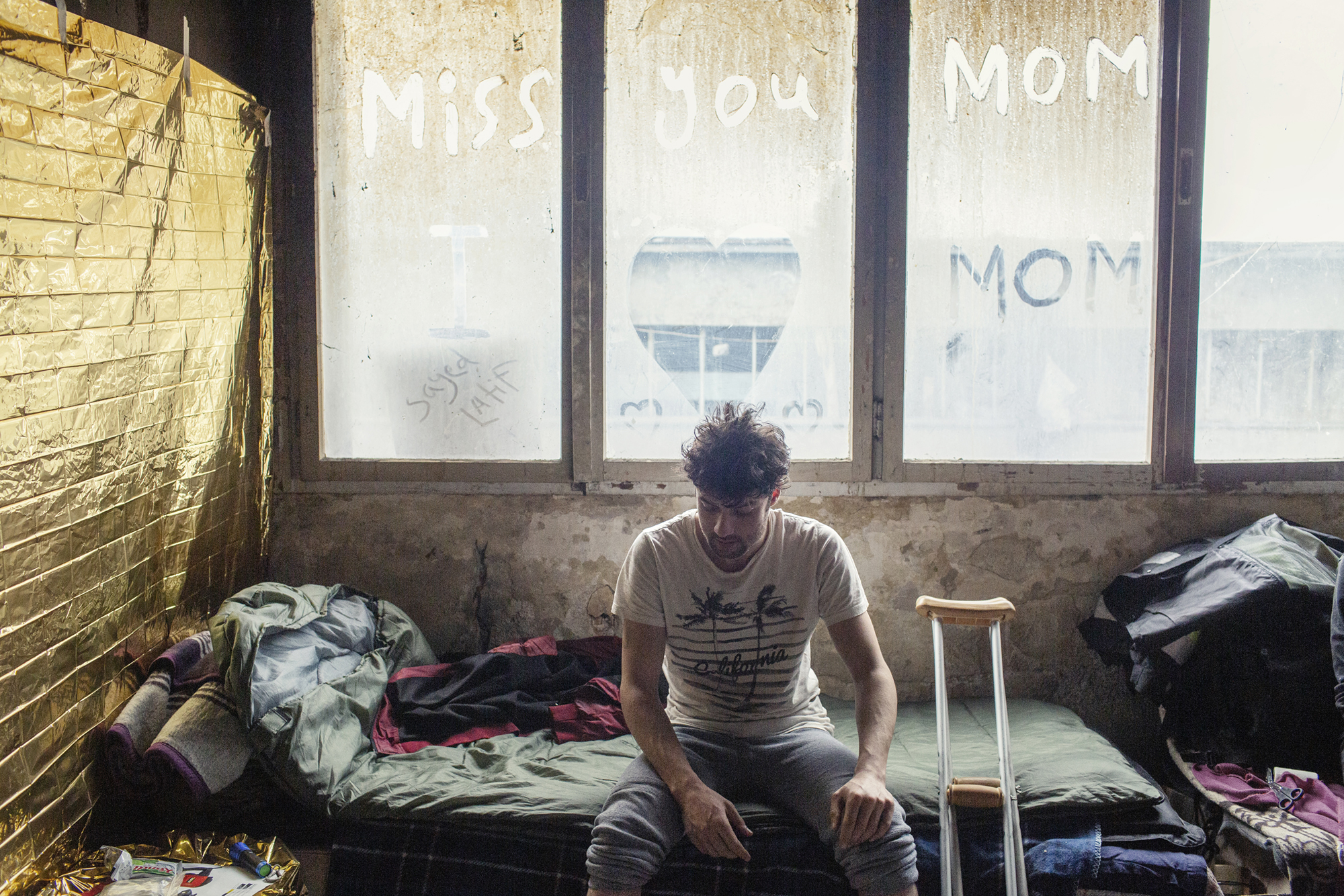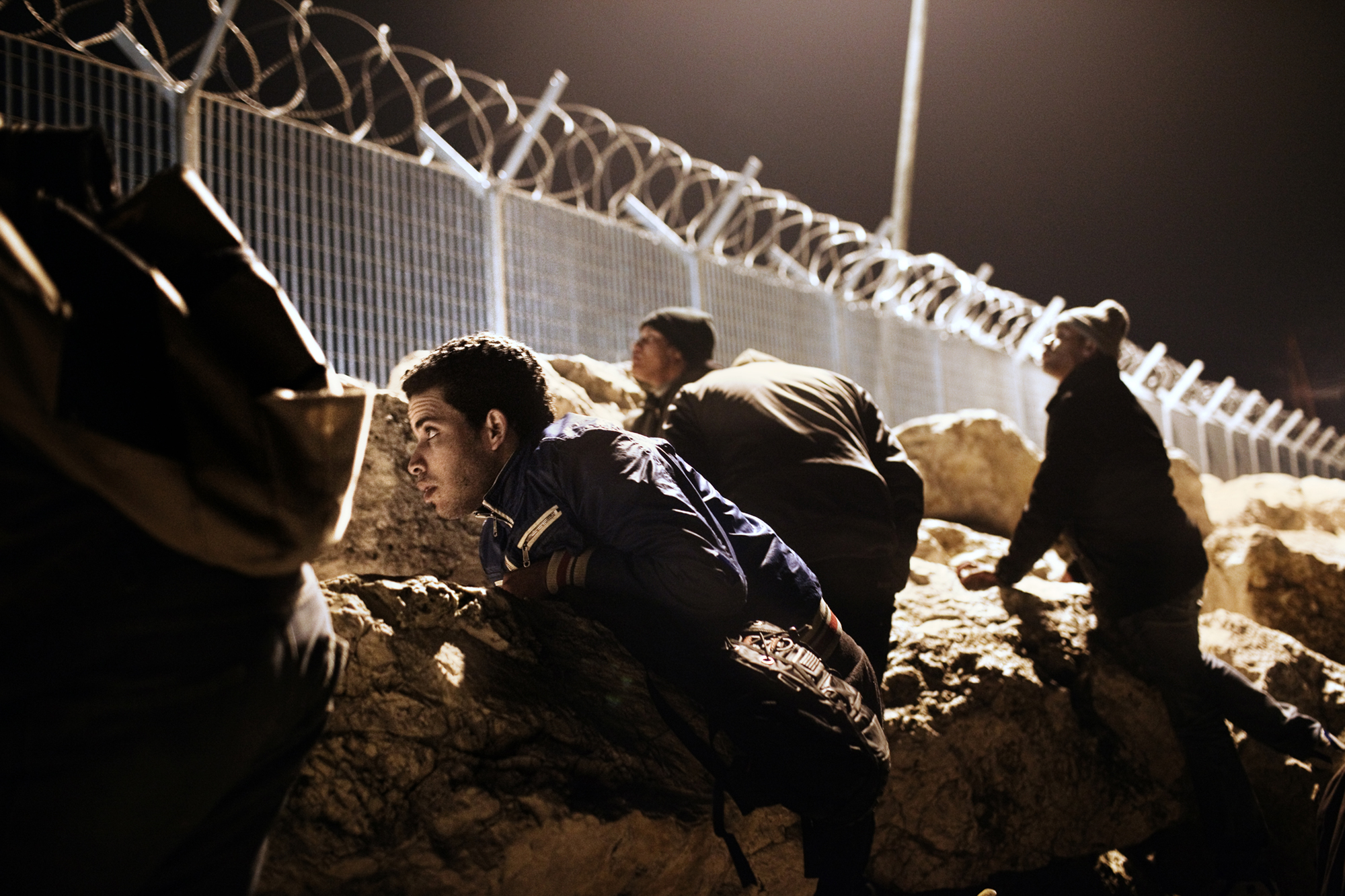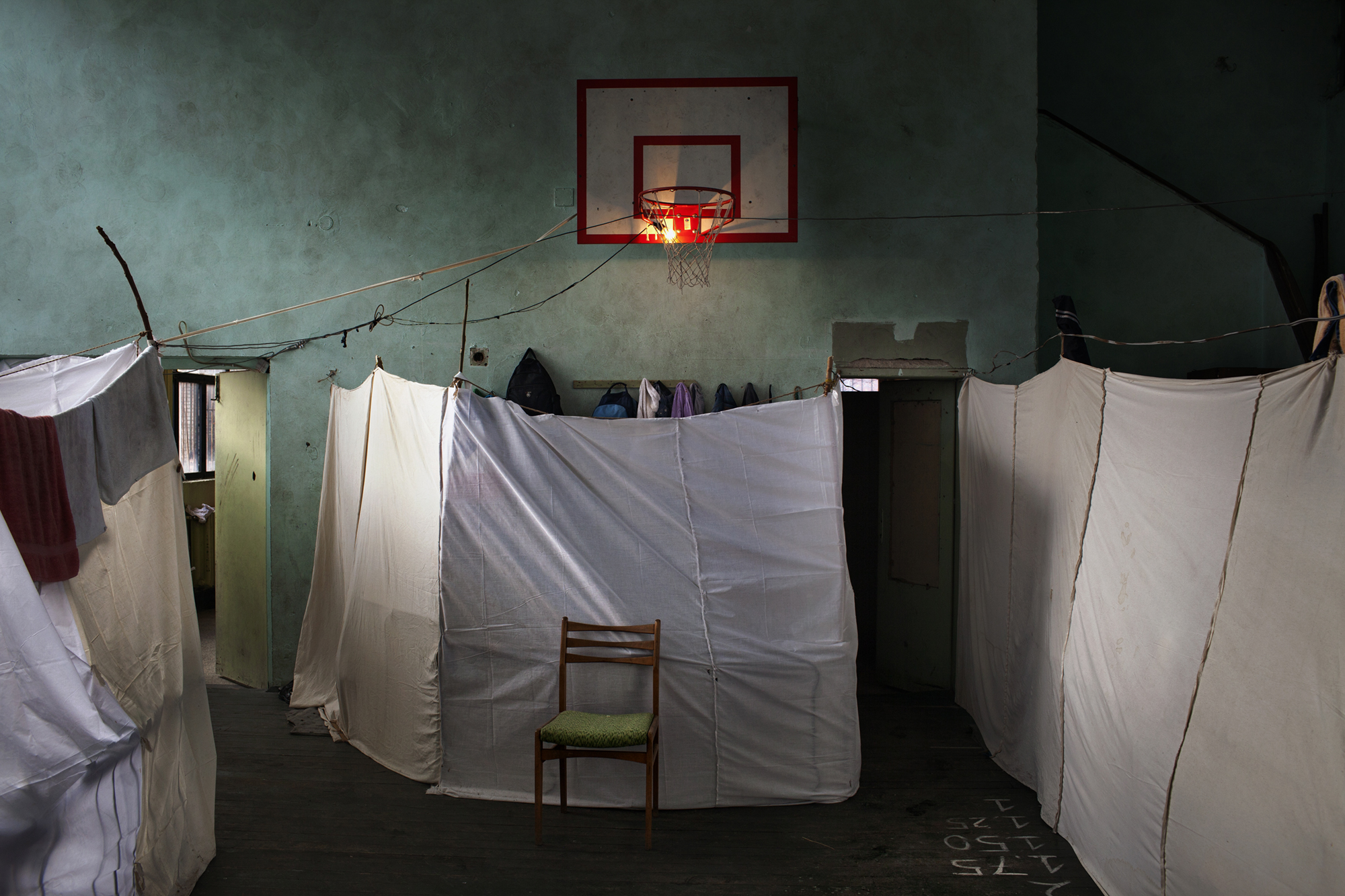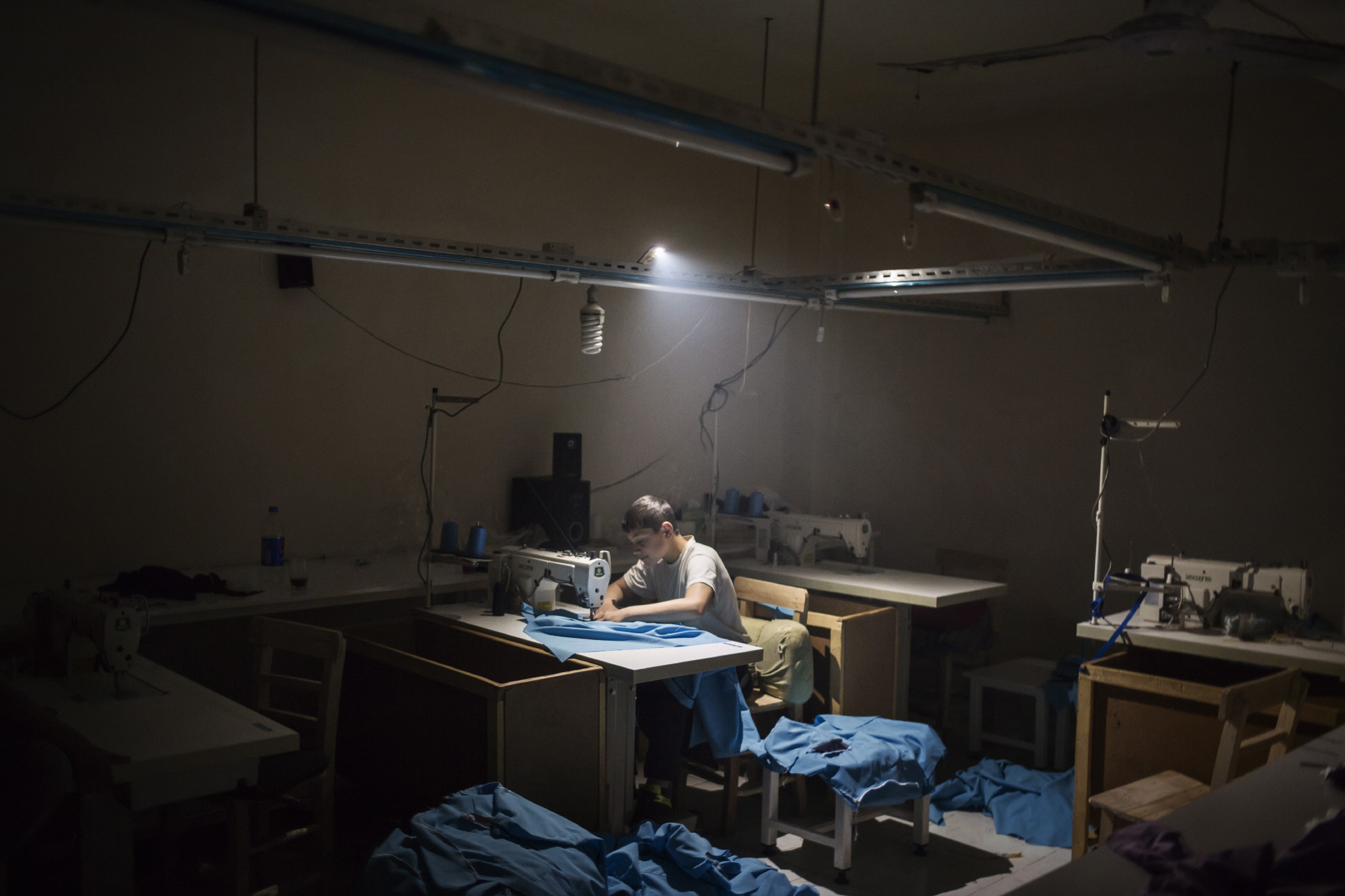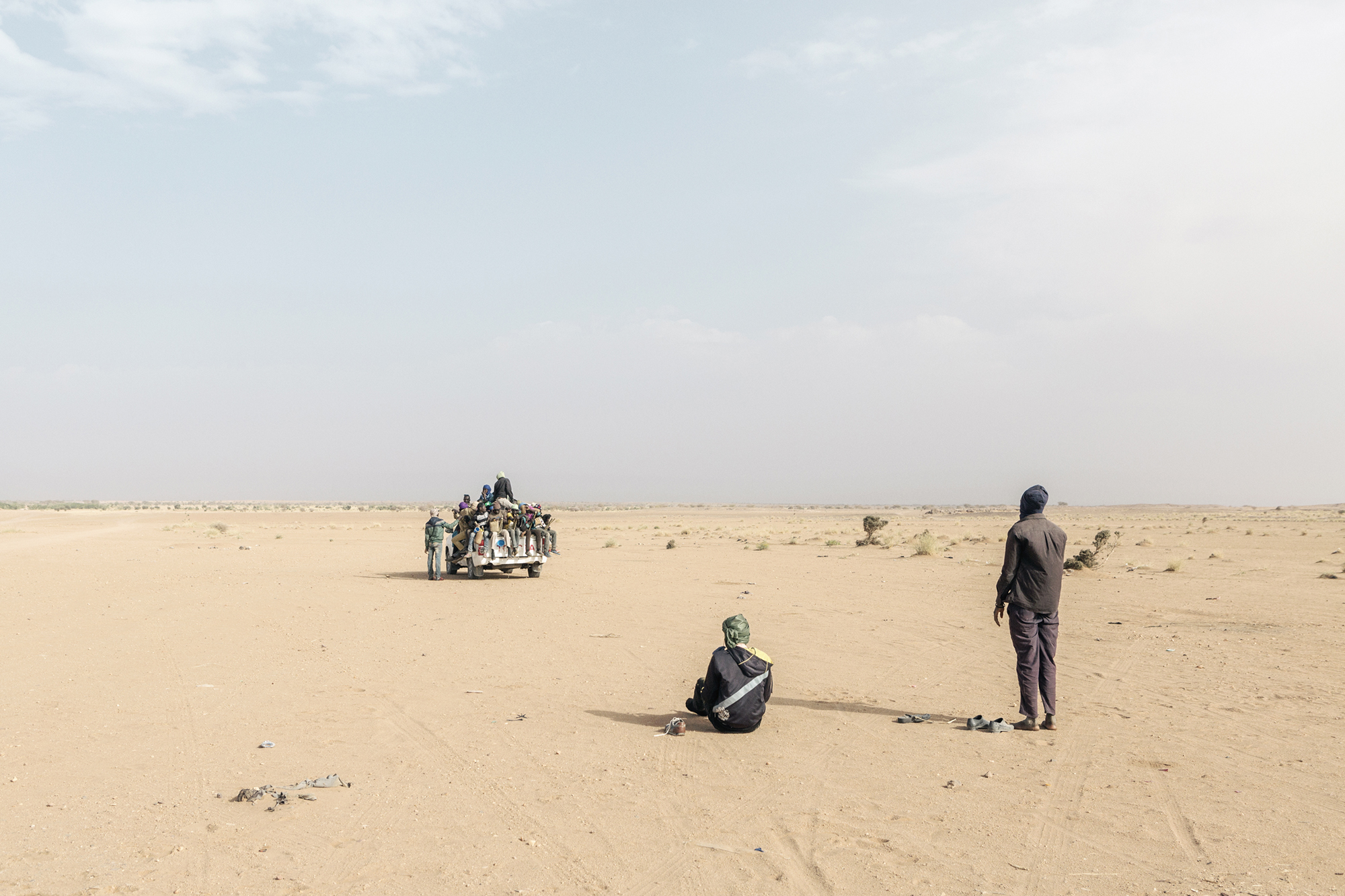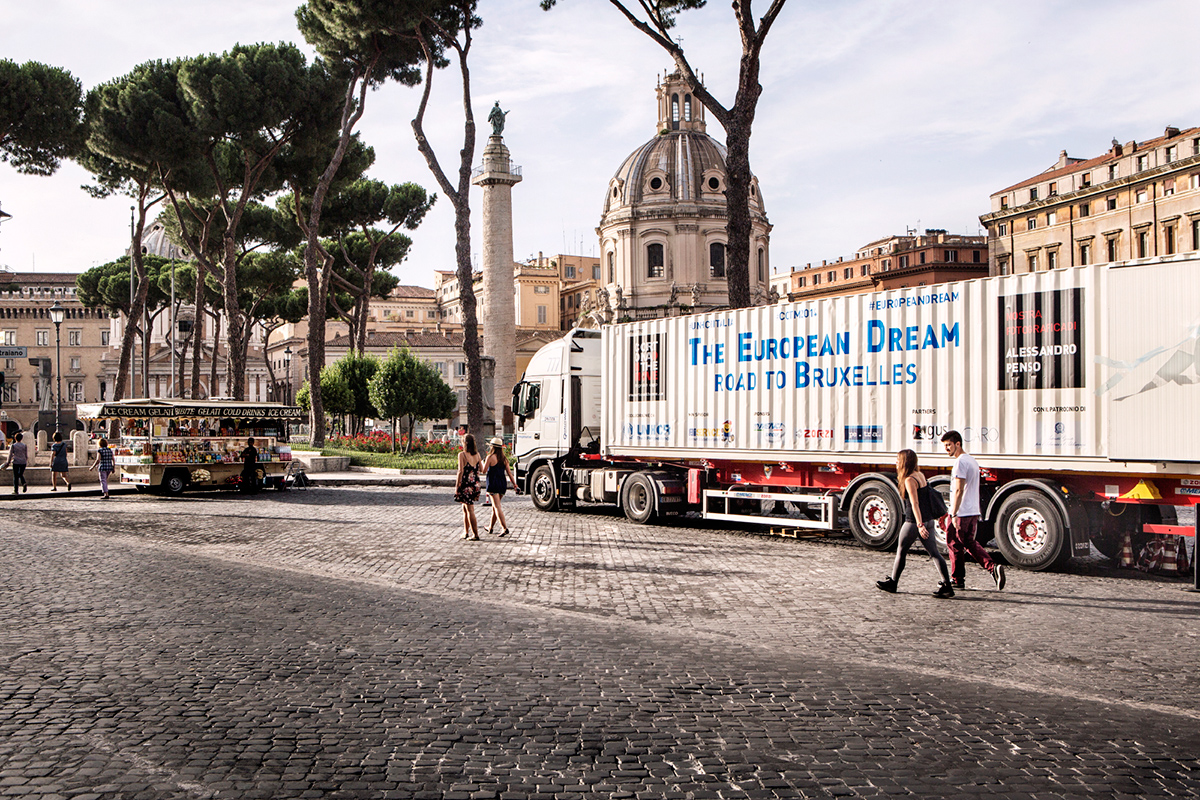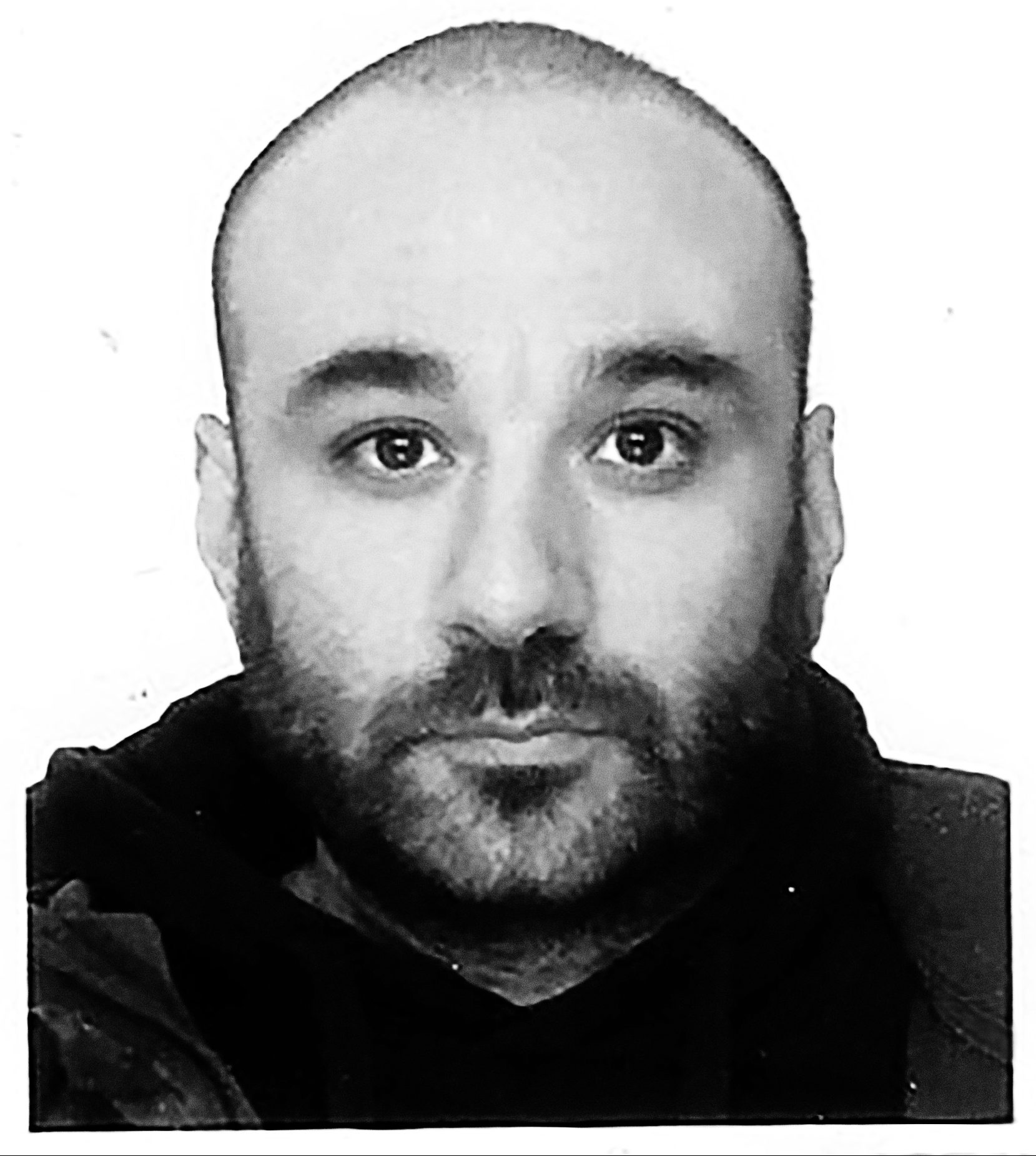
Alessandro Penso
If we look at your latest projects, we notice that you have dedicated a lot of space to migration issues around the world. How and why did you decide to focus on these topics?
Guided by social and personal experiences, I quickly understood that the issue of migration needed to be addressed differently. Thus, this theme has accompanied me since my first steps as a documentarian. I belong to a generation in which the memories of war were still alive in the family fabric, passed down by our grandparents. I was just a child, but the scenes of the fall of the Berlin Wall and the arrival of the Vlora ship on the Italian coast are images that have remained etched in my mind and have been seeking answers for years.
Your work seems driven by a desire to raise public awareness about the injustices of European borders and beyond. How important do you think it is to work from this perspective?
In my opinion, the media has addressed these issues superficially for years, which has ultimately led to a failure in information. Instead of fulfilling their role of making society aware of the complex dynamics behind such phenomena, the media have contributed to creating a social divide. This was fueled by populist politics and the viral spread of fake news on various social media platforms. I believe it is crucial to show what is happening on European soil because it directly concerns us. It is no longer just a migration story, but it becomes a narrative of social conflict.
With the project “Life on the Edge: Migrants in Italy”, you also followed the Italian situation. Can you tell us about this experience? Was there a particular episode that deeply affected you?
The project was born in the aftermath of the Rosarno revolt of 2010, a significant event that shook the foundations of Italian society. After two seasonal workers of African origin were shot, protests erupted among migrants, followed by a violent reaction from the local population and police intervention. Meanwhile, politicians condemned the episodes as a consequence of excessive hospitality by the Italian government.
The intention was to tell how migrants live in our country, the bureaucratic difficulties that lead them to exist in an institutional limbo, and the consequences of the adopted policies. The journey has been long and painful, as I found a country completely unable to manage the situation.
The government has never implemented a true integration plan, and the number of people living in illegal and severely precarious conditions has skyrocketed. Political decisions have favored an alarmist approach, leading to the creation of Extraordinary Reception Centers, where migrants can be stuck for years awaiting the examination of their applications. These centers make up the vast majority of reception facilities and do not provide support services like language courses or opportunities for integration. Once decisions are made regarding their applications, the applicants exit the system, and things become even more difficult.
Many, regardless of whether their application is accepted or not, end up living in illegal occupations and informal settlements, some of which have become ghettos where the situation is dire. To survive, they are often forced to accept poorly paid jobs, such as in the agricultural sector, where they earn barely 3 euros an hour. Recent statistics contradict the idea of an “invasion,” but for many Italians who are not yet accustomed to living alongside migrants, this idea is growing, fueled by a politics increasingly based on race and now by a government coalition involving the far right, which has rejected European support and cut the few existing support programs for migrants and refugees.
In your projects, you have always closely followed the journeys of migrants. What are the main difficulties you have encountered during these travels? Was there a particular episode that deeply affected you?
The difficulties I encountered changed over the years. When I started, it was very tough: I had to enter situations at the limit. Most migrants were distrustful and scared of being photographed, fearing they might be reported. Other aspects involved crime, which operated by providing housing, undeclared work, and routes, often making documentation impossible. However, I can’t say that the state was any better: I received threats, temporary detentions, and assaults in several European countries.
After 2015, the situation changed with the arrival of a million people in Europe. This altered the management of migratory flows, attracted media attention, and led to the emergence of humanitarian organizations shaken by the tragedies. When I returned to Greece and saw the same beaches, where I had previously been prevented from working, filled with volunteers, it gave me hope. Here, the work had become easier, and telling the tragedies at sea and at the borders became accessible thanks to the attention of civil society. Unfortunately, shortly thereafter, the construction of walls began, and migrants were used as a weapon of blackmail against Europe, which erased the progress made, and gradually we are returning to the past situation, where instead of addressing the problem, we try to hide it.
I have many episodes to recount that have deeply affected me, but I would probably like to narrate the one that made me feel the most powerless.
I was in Lesbos in 2015. At that time, up to 800 people were arriving each day. I had just decided to rest after a hard day’s work; it was night, and it was raining. At one point, I heard screams coming from a distance. I saw a deflated rubber boat arriving with a group of people. I ran in that direction to see if someone needed help. Suddenly, a man, accompanied by his wife and daughter, dropped to his knees, pointing at the sea and beating his head with his hand. I couldn’t understand what he was saying; he was in shock, so I took my car and drove them to an emergency tent run by volunteers.
There, I looked for a cultural mediator, who gave me the news: the man had lost his 5-year-old son at sea, swept away by a wave that hit the rubber boat.
I tried to call the coast guard and repeatedly attempted to convince them to go out into the water, but every attempt was in vain. I met the family again at the port of Lesbos; they were being transferred to Athens. The thought that that child never existed for us still fills me with a profound sense of powerlessness as a human being.
A few years ago, you created the traveling exhibition “The European Dream – Road to Bruxelles”. How did you come up with the idea of staging an exhibition in a container transported by a truck? Do you think it would be useful today to propose a project for raising awareness of this kind?
The idea was born to counter the rise of populism. I had noticed a trend among politicians using issues like migration to gain power. Fear is an uncontrollable emotion. At that time, I had received recognition for my work, published in various international and national publications, but I felt it wasn’t enough. I wondered who my readers were and if my messages were reaching everyone. During that period, there were early signs of a populist policy that used the topic of migration not to provide answers but to instill fear and division.
Thus arose the need to bring my work to those places where migration is experienced, where the discomfort of poor management is palpable, as well as to the places of power where decisions are made. The truck, in addition to allowing me to have a traveling exhibition and reach different locations, also has symbolic value because it is the main means of transport used in Europe to cross borders. I believe it is absolutely necessary to reconnect with the public, which, unfortunately, has seen a widening cultural divide with the rise of social media.
Today, many people choose to stay informed only through messaging groups like Telegram, often from channels that are not journalistic but political, where misleading news circulates. Additionally, I am concerned about the idea that people no longer choose to read news articles but are drawn in by notifications that lead to information being read distractedly, without the chance for deeper understanding.
For this reason, I believe that taking photographic/informative actions accessible to everyone can represent an opportunity for dialogue.























